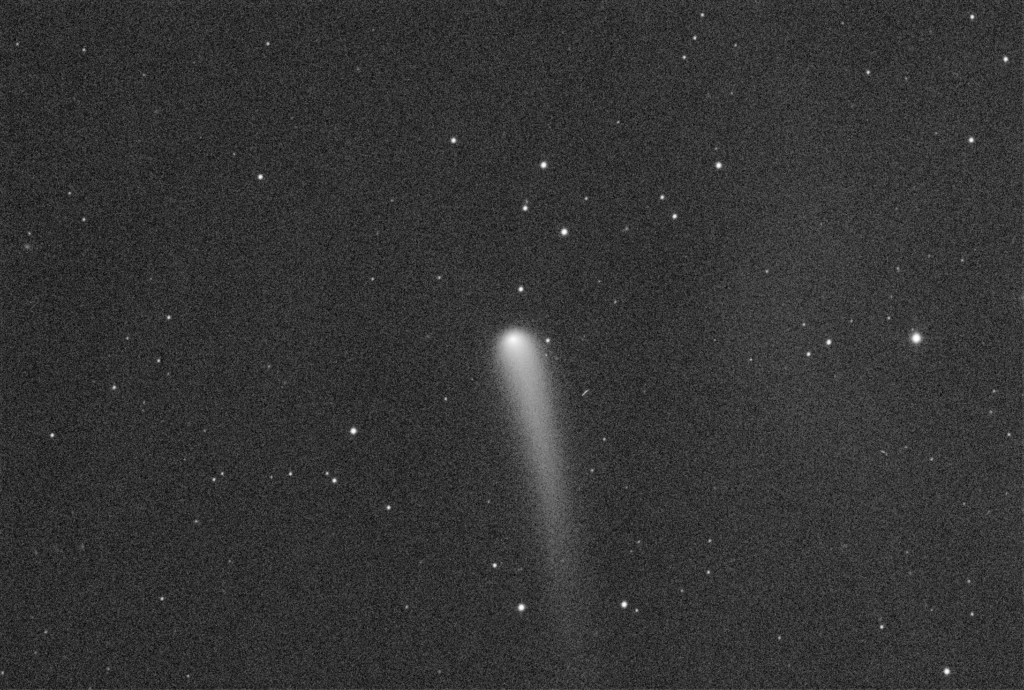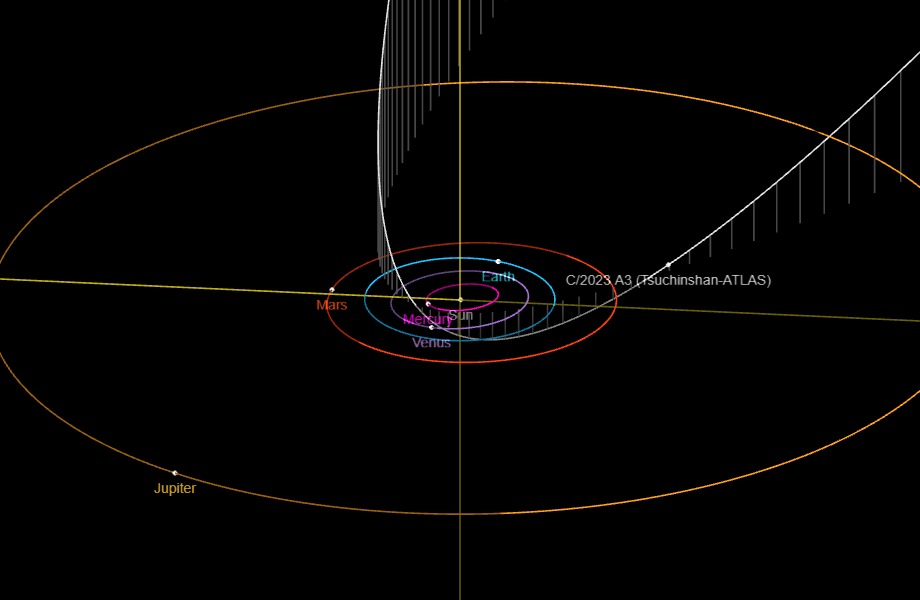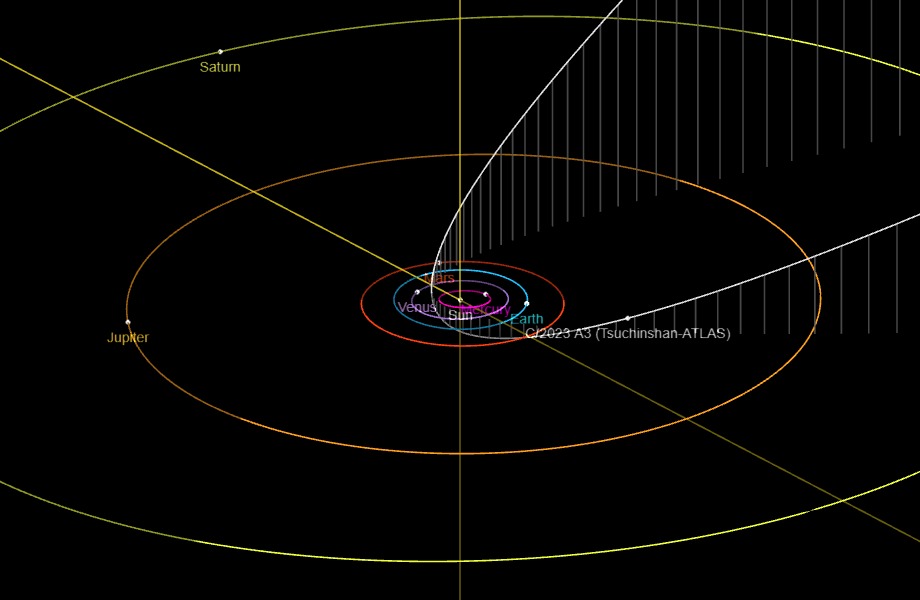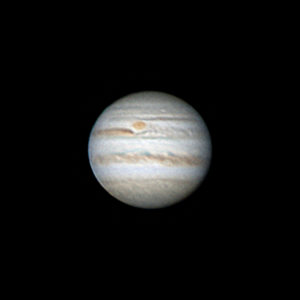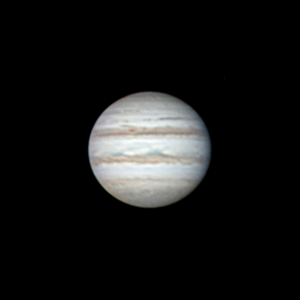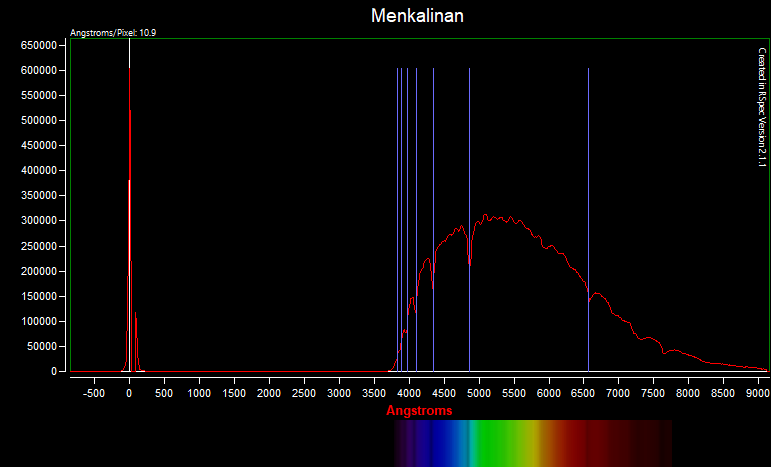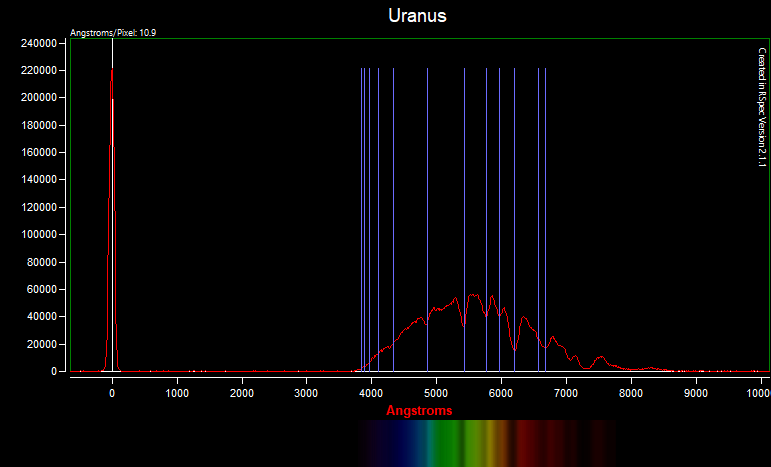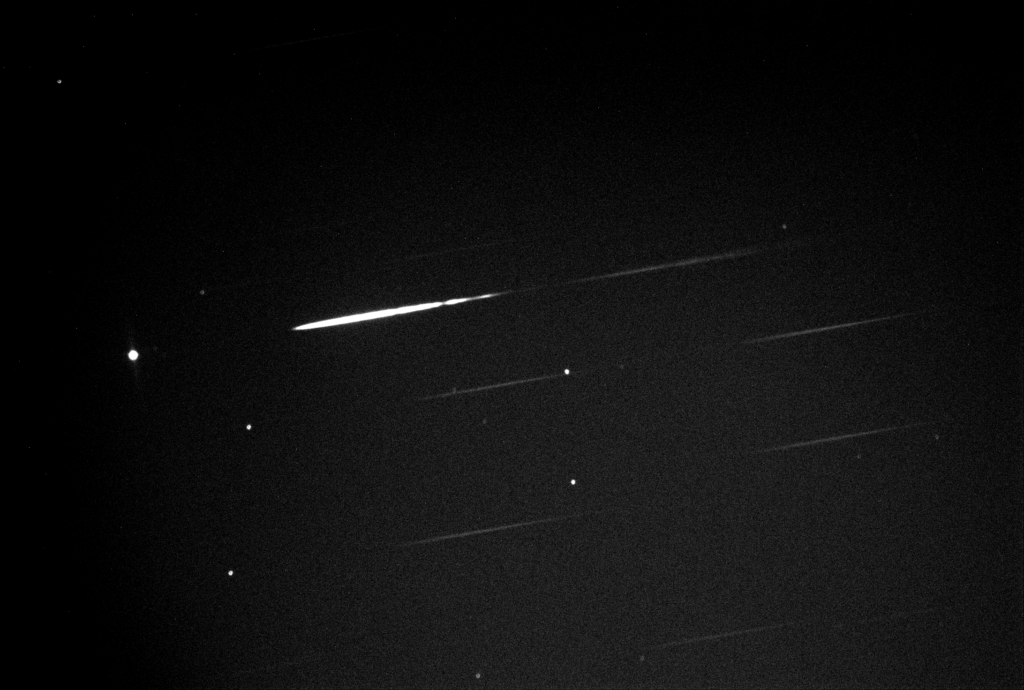C/2023 A3 (Tsuchinshan–ATLAS) AKA CK23A030 is a long period Oort cloud comet. It was first discovered on the 9th of January by the Purple Mountain Observatory near Nanjing, China and then again, independently, by the ATLAS system in South Africa on the 22nd of Feb. The comet’s perihelion will occur on the 27th of September 2024 and then pass closest to the Earth less than a month later on the 12th of October. CK23A030 is in a retrograde orbit and is currently above the ecliptic. It will dip below it in the middle of June and back above it the beginning of October.
This image is a stack of 11 images centered on the comet taken on the 6th of March. On that date, the comet’s magnitude was 12.6 but since it is still on its inbound leg and considerably outside the orbit of Mars, it should get much brighter by the end of the year. It has the potential to get bright enough for naked eye visibility, but it is a comet, and comets pay no attention to astronomer’s predictions.
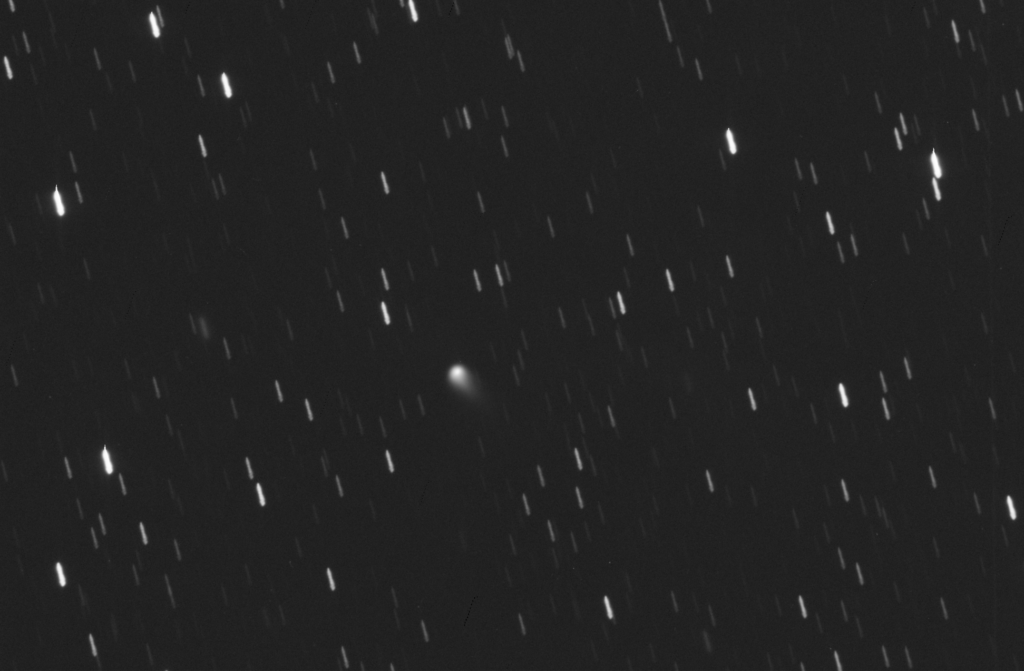
Comet C/2023 A3 (Tsuchinshan–ATLAS) [CV:11x300s]
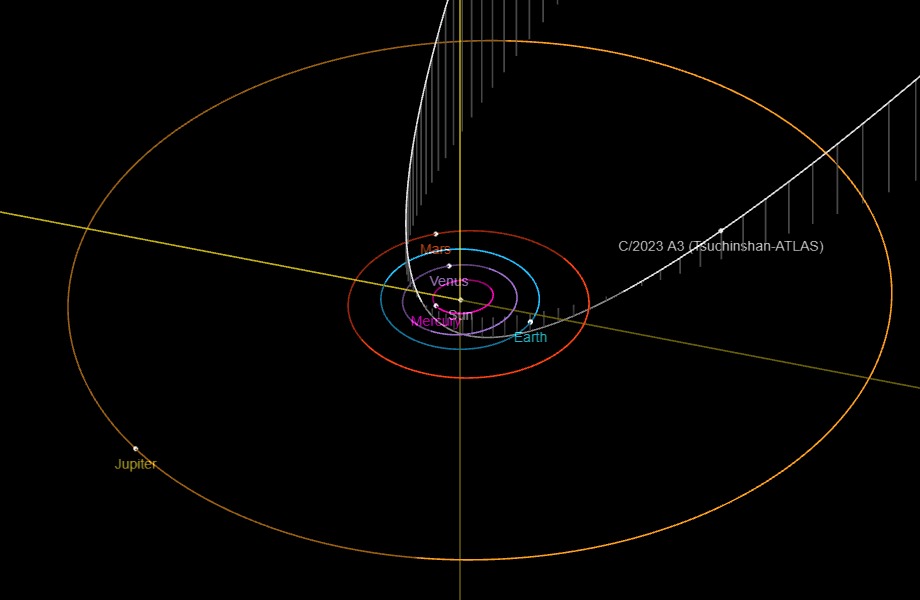
C/2023 A3’s orbit.
(Graphic courtesy of the JPL Small-Body Database Browser)
The length of its orbit around the Sun, prior to this close pass, was in the millions of years but getting this close may modify the orbit to hyperbolic and eject the comet from the solar system. The orbit chart is current as of 11 March.
